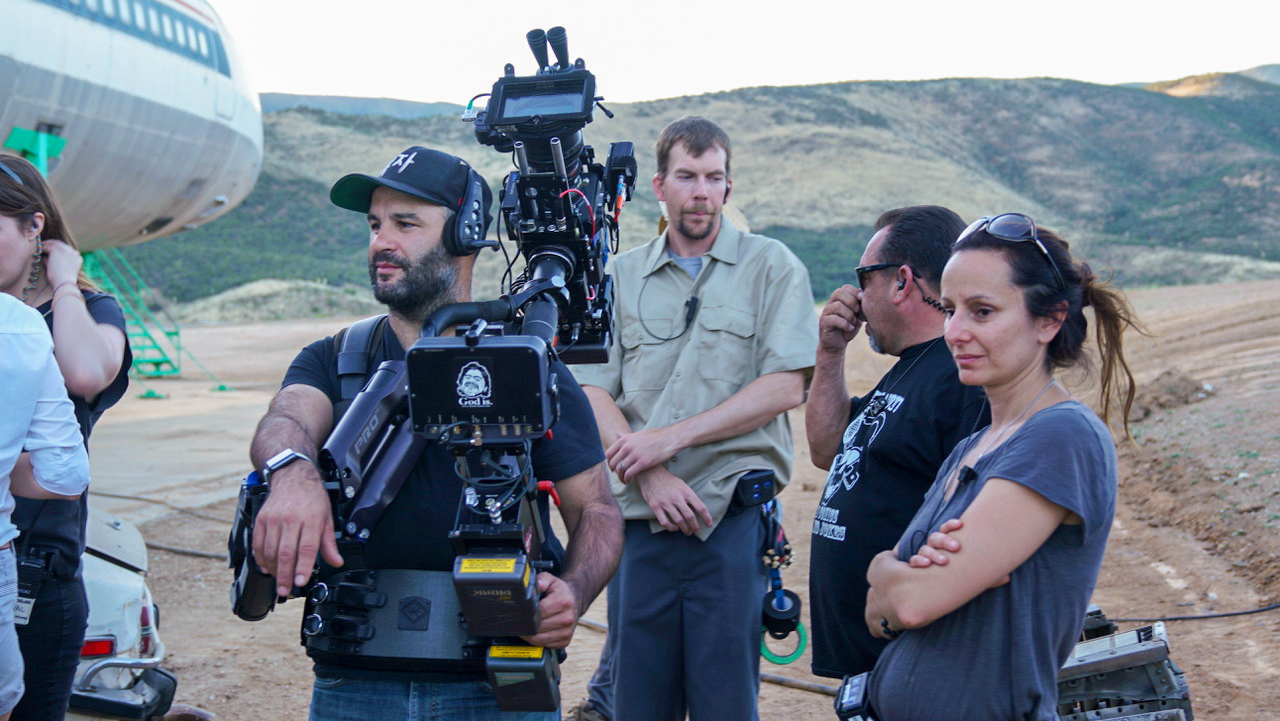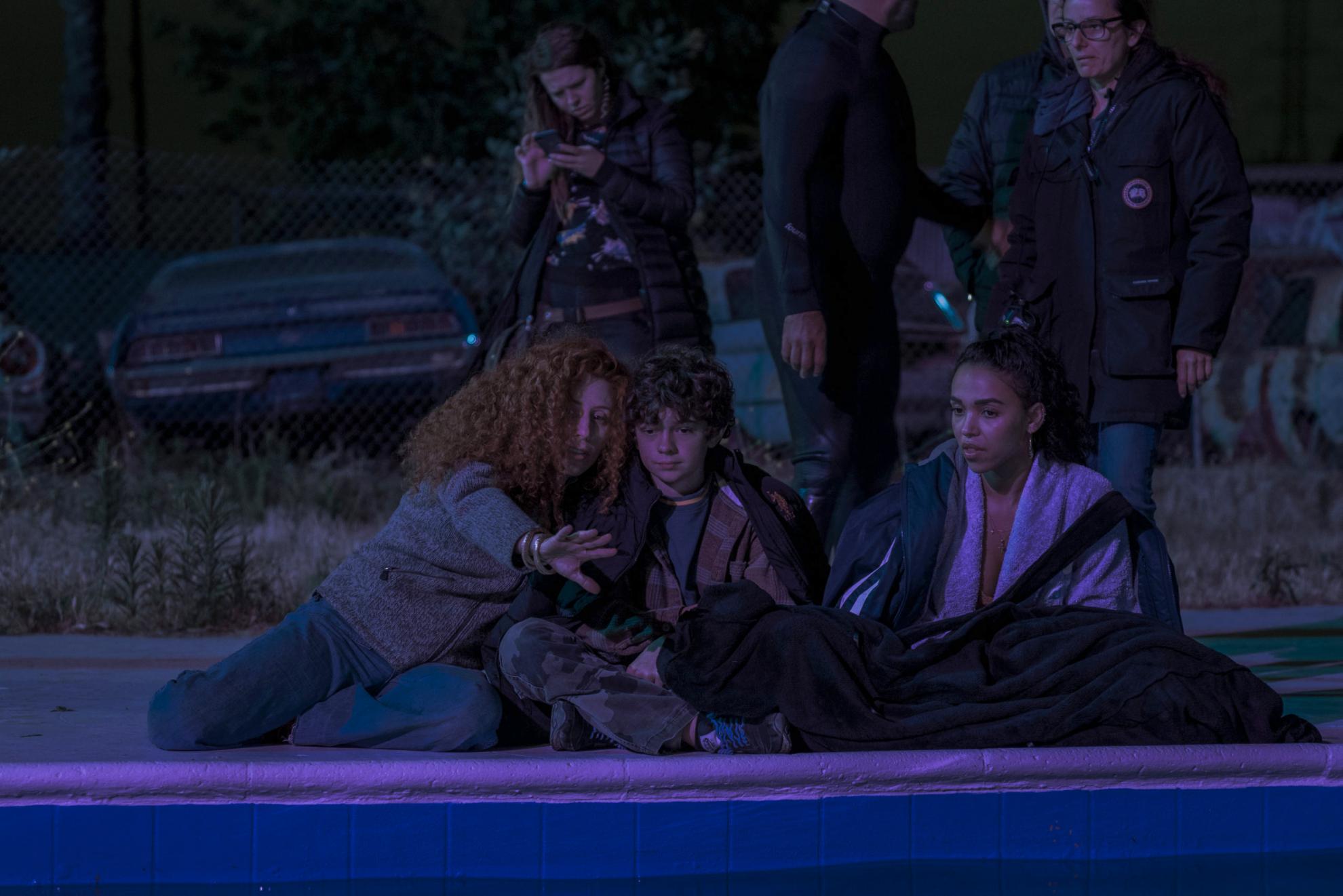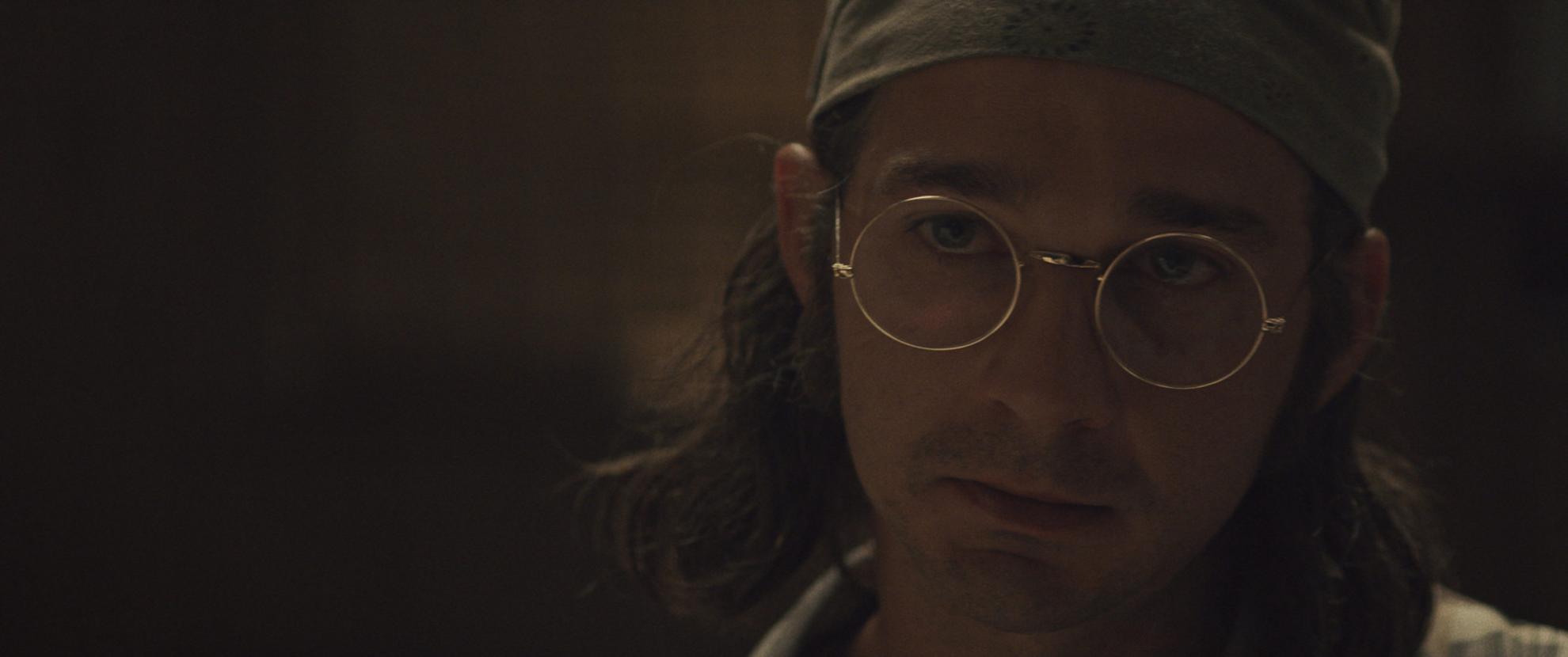Cinematographer Natasha Braier, ASC, ADF on Honey Boy
.jpg?sfvrsn=c7ef06c5_3)
Written by Shia LaBeouf and directed by Alma Har’el, Honey Boy presents a semi-autobiographical portrait of LaBeouf’s experiences as a 12-year-old child actor (played by Noah Jupe) and a 22-year-old action star (Lucas Hedges)—with LaBeouf stepping into the role of his own ex-rodeo-clown father. Behind the scenes, cinematographer Natasha Braier, ASC, ADF partnered with Har’el for the first time. “I went to dinner with Alma, and we clicked,” Braier recounts. “I saw a filmmaker with a sensitivity that was very close to mine.”
Braier turned to Panavision for her camera and optics package, which included two Arri Alexa Mini cameras and a set of JDC Cooke Xtal Xpres anamorphic lenses. For her work on Honey Boy, Braier has been nominated for a Film Independent Spirit Award in the Best Cinematography category, and a Spotlight Award from the American Society of Cinematographers.

Panavision: What was your initial impression of Honey Boy when you first read the script?
Natasha Braier, ASC, ADF: The fact that it was written by Shia and was part of a therapeutic process was very exciting to me. I’m the daughter of two Freudian psychoanalysts, so I’m interested in films that deal with the subjects of identity, family, therapy, and the process of healing and growing. If you manage to portray a process like this with honesty and realness, it can be good entertainment and a good emotional journey, but also it can help people go through their own stuff. I think that’s very important when you’re choosing projects as a cinematographer: What’s the ultimate message, and why am I spending four months of my life doing this?

Did you know from the outset that you wanted to shoot the movie with anamorphic lenses?
Since I started shooting films on digital, I’ve shot them all on anamorphic. I feel like anamorphic helps me to get rid of the extreme sharpness and cleanness and perfection of the digital world and go towards a more organic, filmic look. But we did shoot tests for Honey Boy because we were concerned about the childhood part of the movie, the scenes inside the hotel room, the small space and the improvisational aspect. We wanted something very versatile that would allow us to dance around the actors, go super-close if we had to, and also contain both of them in a wide shot in the space. The more we could do that without changing lenses, the better.
We ended up deciding on the Xtal Xpres because they have that beautiful, painterly texture and a subtle palette. We weren’t really separating memory and the present; my interpretation was that it’s all the same for your heart and for your brain. I wanted to unify these different layers of narrative but at the same time give them all a touch of unreality. The Xtal Xpres, because they’re so magical with flares and aberrations and the way the focus falls off, gave me that texture that I was imagining.

You carried a unique 30mm Xtal Xpres. How did that focal length differ from the rest of the set?
The Xtals are always a little bit wider than what the focal length says. The 40 is more like a 35 or a 32, and the 35 that normally comes in the set is like a 28—it’s quite distorting, so I never really use it. When I was prepping Honey Boy, I happened to tell Joe Dunton about the memory aspect and about being in the head of somebody who’s going through therapy. Joe is a good friend and mentor of mine, and he made these lenses, which Panavision now owns. Joe said, ‘There’s an amazing 30mm Xtal Xpres that I did for Michael Cimino, that doesn’t distort. There’s only one in the world. I think you will like it.’ Panavision tracked it down and shipped it from London, and then we tested it, and I loved it. There were a couple of scenes where it was just perfect. We used it when Shia is in the strip club; it allowed us to be very close to him but also to get more of the context of the strip club. And then when he went inside the bathroom, we could barely fit the camera and Shia, so it worked really well; even if it distorted the small space, he was taking drugs again after four years sober, so it made total sense.

Before you’d elected to shoot with the Xtals, why did you choose Panavision for your rental package?
Panavision has always been super-helpful to me. It doesn’t matter if the film is big or small, they are there for me 100 percent. It’s really nice to feel that you have that support, that you have built a family in a way.
I used to live in London, and I worked with Panavision a lot there, especially because of my relationship with Joe Dunton, who at the time had closed his rental house, JDC, and was at Panavision. So when I first started to work in L.A. in 2011, I rented through Panavision. I came to do some commercials, and I arrived from Europe saying, ‘I really like old lenses. What do you have that is old and soft and flary?’ They started to show me stuff, and I fell in love with what they had. That’s another reason I always come back to Panavision: They have my favorite lenses! Written by Shia LaBeouf and directed by Alma Har’el,Honey Boy presents a semi-autobiographical portrait of LaBeouf’s experiences as a 12-year-old child actor (played by Noah Jupe) and a 22-year-old action star (Lucas Hedges)—with LaBeouf stepping into the role of his own ex-rodeo-clown father. Behind the scenes, cinematographer Natasha Braier, ASC, ADF partnered with Har’el for the first time. “I went to dinner with Alma, and we clicked,” Braier recounts. “I saw a filmmaker with a sensitivity that was very close to mine.”
Braier turned to Panavision for her camera and optics package, which included two Arri Alexa Mini cameras and a set of JDC Cooke Xtal Xpres anamorphic lenses. For her work on Honey Boy, Braier has been nominated for a Film Independent Spirit Award in the Best Cinematography category, and a Spotlight Award from the American Society of Cinematographers.